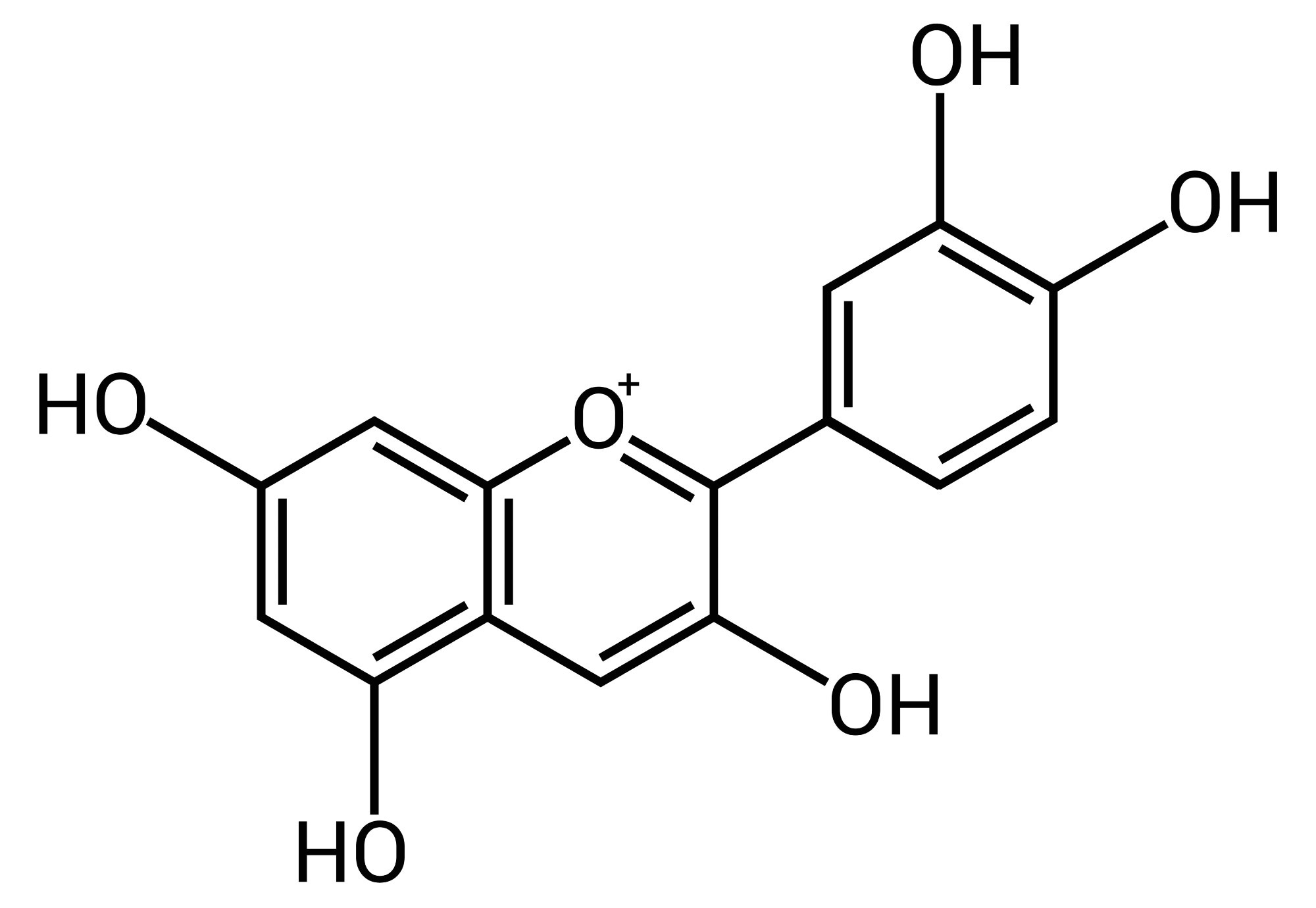A new paper in the journal Polymers has reviewed the development of colorimetric indicators based on anthocyanin polymer composites. The research has been conducted by scientists from Istituto Italiano di Technologia and Robotica e Ingegneria dei Sistemi in Italy.

Study: Colorimetric Indicators Based on Anthocyanin Polymer Composites: A Review. Image Credit: zizou7/Shutterstock.com
Research Background
The need for reliable and efficient quality testing equipment is key to several industries, such as food production, water quality monitoring, and biomedicine. This has been driven by population growth, environmental damage, and the development of stringent health and safety standards over the past few decades.
Accurately and rapidly determining microbial load in a macro- or micro-environment is key to quality assurance for several commercial products and industrial processes. In order to develop processes that meet these needs, quality testing equipment needs to be low-cost, simple to produce, easy to operate, provide quick results, require no complex pre-treatment processes, and must be extremely accurate.
Microbes alter the pH of their environment through biological processes such as respiration and their metabolic products. Therefore, pH changes can be a reliable indicator of microbial presence in soil, water, biological samples, food products, and several other environments.
Changes in pH can easily be detected visually using colorimeters. One of the simplest devices that are used widely in laboratories and educational establishments is litmus paper, but in recent years more advanced colorimetric devices have been developed by researchers that are constructed of materials such as polymers and incorporate materials that change color.
Polymer-based colorimetric devices are extremely useful for this application due to benefits such as mechanical ductility and stability, their lightweight, and their ability to be formed into various shapes such as films and fiber mats. Moreover, polymer matrixes can enhance the performance of materials that change color in the presence of pH changes, such as improving their stability by protecting them against oxidation.
There are some polymer-based colorimetric devices already on the market, which are mainly used for smart food packaging, which changes color to indicate spoilage. Several dyes are used to indicate pH changes, such as methyl red, bromothymol blue, and bromocresol green.
However, using these dyes can be problematic in health and food applications due to their potential mutagenicity and carcinogenicity in humans. Furthermore, they can have potentially damaging effects if released into the environment. For this reason, scientists have focused on developing colorimeters with non-toxic and biodegradable natural dyes such as litmus, curcumin, and anthocyanins.
The Paper
The new paper in Polymers has investigated how the use of anthocyanins in polymer-based colorimetric devices has progressed in the past decade. Main application areas are explored, and anthocyanin sources, extraction methods, polymers used in devices, and how material properties are affected by the incorporation of anthocyanins are discussed.
In addition, the paper evaluates the antimicrobial and antioxidant properties of anthocyanins and their incorporation in smart materials with functionalities such as controlled active component release. Importantly, the review critically scrutinizes how the structure and morphology of polymer-based indicators influence colorimetric performance and how structural characteristics improve accuracy and sensitivity.
Lastly, current challenges and future research prospects are highlighted by the authors in order to stimulate further study and the development of improved anthocyanin-incorporated polymer-based colorimetric devices for health, safety, and quality monitoring in several critical industries in the 21st century. The authors have reviewed two hundred and fifty-three papers.
Review Findings
The main application fields identified in the review for polymer colorimetric devices which incorporate anthocyanin are food packaging and wound healing. Main sources of anthocyanins include several species of plant such as vegetables, fruits, seeds, and flowers, with different plant species containing different types and concentrations of these organic molecules.
The review highlights that, overall, the performance of colorimetric systems can be improved by the optimal combination of anthocyanin and polymer matrices, as well as being dependent on the application. Characteristics such as barrier and mechanical properties can be improved by the rational design of systems. Incorporating anthocyanins in polymer composites improves their stability and preserves their hue range.
The intrinsic properties of anthocyanins and color changes in response to pH allow the evaluation of different functional characteristics in systems such as antioxidant and antimicrobial properties. Moreover, the review reveals that polymeric matrix structure has a key role in the anthocyanin’s performance and the system’s responsiveness.
Future research prospects highlighted in the review paper include thorough and targeted research on pH-induced color change kinetics and detection limits in colorimetric systems. Furthermore, there is scope for the investigation into the role of antimicrobial and antioxidant functionalities for applications such as food preservation and wound healing. This will accelerate the development of smart materials.
In summary, the authors have provided an in-depth review of the current perspectives, progress, and future opportunities in the rational design of polymer-based colorimeters, which utilize the pH-induced color-changing properties of anthocyanins, an abundant, safe, and sustainable biological resource. This paper should serve as a sufficient knowledge base for future researchers in this field.
More from AZoM: How Far Can Semiconductor Manufacturing Be Automated?
Further Reading
Kossyvaki, D et al. (2022) Colorimetric Indicators Based on Anthocyanin Polymer Composites: A Review Polymers 14(19) 4129 [online] mdpi.com. Available at:
Disclaimer: The views expressed here are those of the author expressed in their private capacity and do not necessarily represent the views of AZoM.com Limited T/A AZoNetwork the owner and operator of this website. This disclaimer forms part of the Terms and conditions of use of this website.